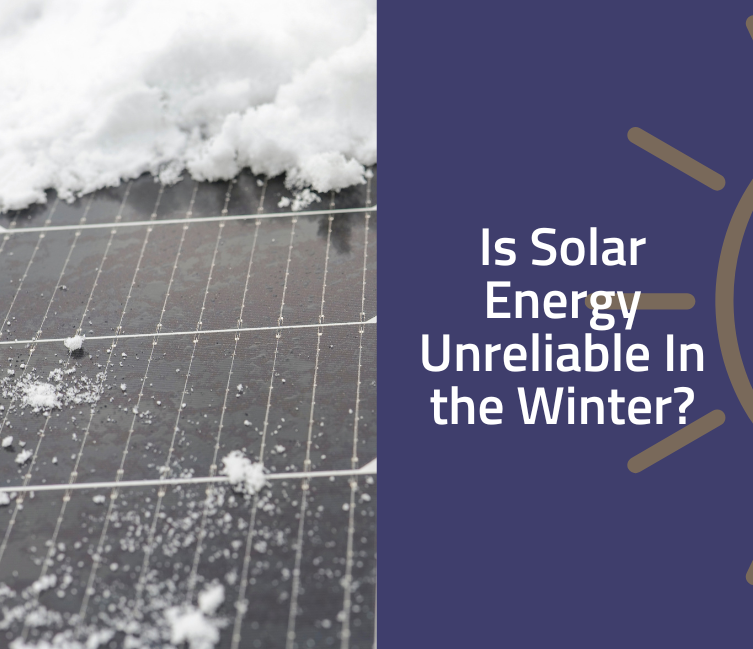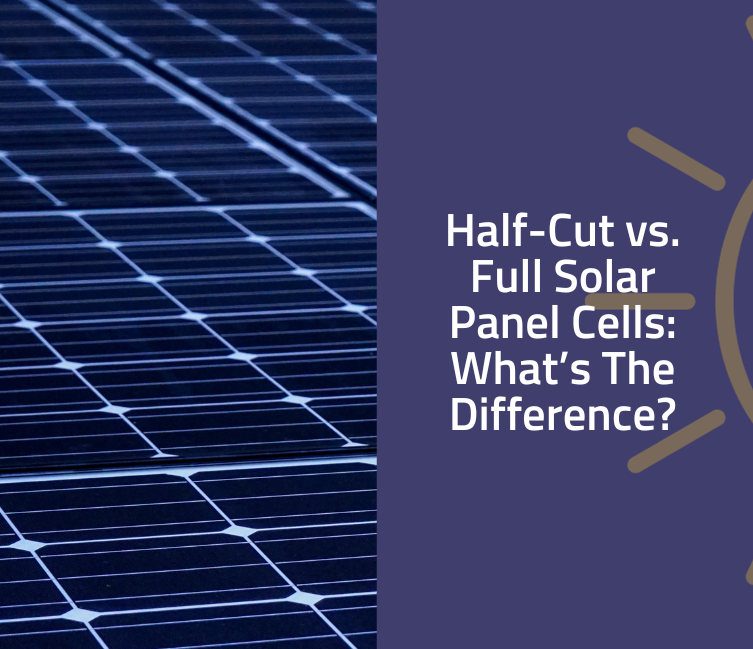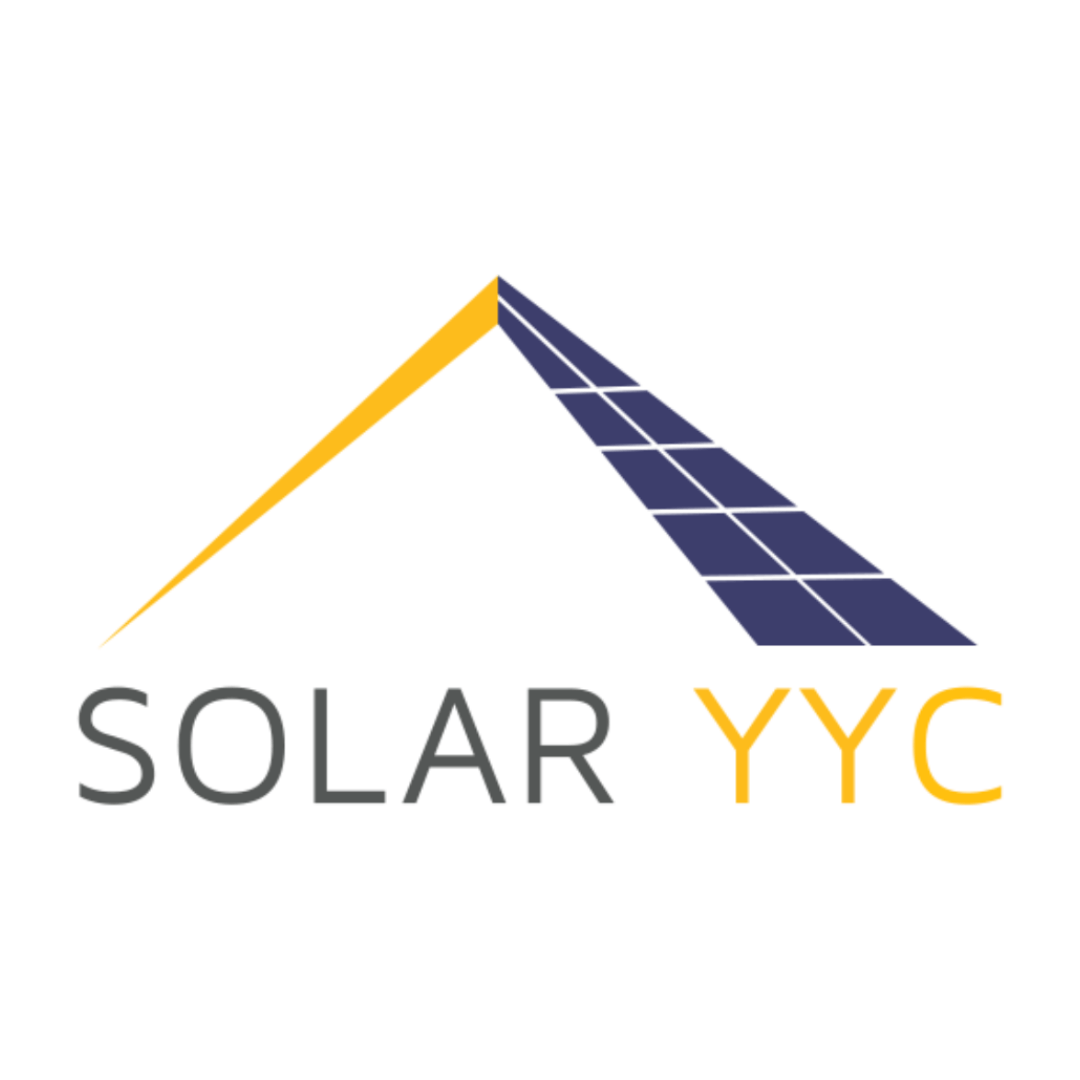Agrivoltaics: The Benefits of Combining Solar Panels and Farming
The quest for sustainable solutions to our energy and agricultural needs leads to the constant search for innovative ways of producing food while keeping the environmental disruption minimal. One of these innovations is Agrivoltaics, the practice of co-locating agricultural activities and solar systems on the same land area. Although Agrivoltaics is a concept that has been around since 1982, it’s only in recent years that it has gained recognition due to its benefits for the agricultural industry, small farms, rural communities, and the environment. Let’s explore how combining solar panels with farming is a win-win. 7 Ways Agrivoltaics Can Improve Farming 1 – Land Use Optimization Land use optimization is crucial in agriculture for many reasons, including productivity, food security for an ever-growing global population, preserving natural resources and the quality of life of the surrounding communities. Implementing Agrivoltaics allows for dual land use, maximizing the efficiency of the land by producing both solar energy and agricultural products. This is particularly advantageous in regions where land availability is limited or expensive. 2 – Increased Crop Yields Studies have shown that shading provided by solar panels can moderate temperature extremes, reduce water evaporation from the soil, and protect plants from excess sun, wind, and hail, leading to improved crop yields and quality. Certain crops, like lettuce, spinach, and broccoli, thrive in the cooler microclimate created by solar panels. 3 – Drought Effects Mitigation The shading effect of solar panels also helps reduce water evaporation from the soil, which can mitigate the impact of drought conditions on crops and preserve soil quality by helping retain its moisture, which also reduces water usage. This is especially helpful for arid or semi-arid regions where water scarcity is a concern. 4 – Energy Diversification for Farmers Integrating solar panels into farms provides an additional revenue stream for farmers (especially small farms) through the excess energy the panels produce. This diversification can help stabilize farm incomes, especially during fluctuating crop prices or unpredictable weather conditions, reducing financial risk and improving their economic resilience. 5 – Reduced Energy Costs Of course, one of the main benefits of Agrivoltaics is reducing farms’ dependence on the grid, reducing their energy expenses and increasing their energy independence. Another financial benefit for Alberta working farmers is that solar equipment is considered a business expense and is fully deductible from year-end taxes. 6 – Community Support Agrivoltaics projects often involve collaboration and engagement with local communities, including the farmers, residents, other local businesses, and government or private stakeholders. Community input is sought during the planning and implementation stages of agrivoltaics projects, fostering a sense of ownership and participation in the decision-making process. This community involvement and the fact that this practice enhances agricultural production contributes to greater acceptance and support for agrivoltaics initiatives. 7 – Research Opportunities Agrivoltaics offers a platform for researching critical sustainability topics like optimizing land use, crop productivity, and solar panel efficiency. This research can lead to innovations in agriculture and renewable energy technologies, benefiting society as a whole. A Promising Practice The potential positive impact of Agrivoltaics if the adoption of this way of farming increases is immense. By harnessing the sun’s power alongside traditional farming practices, agrivoltaics projects can contribute to a more sustainable future, food security, and local communities’ well-being and resilience. If you are an Albertan farmer and want to implement Agrivoltaics, our specialists can install a ground mount solar system that suits your working land. Contact us for a free estimate of your project and how much money you could save in bills.











